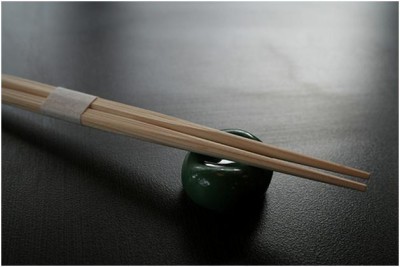Quality Matters

[dc]I[/dc]n an earlier post, I wrote of the need for simplicity in trading. I suggested you could probably throw out the vast majority of the tools you use and the things you look at, and your results would likely improve. There is a problem with this plan, though—as we simplify more and more, the individual components, the ingredients in our trading recipe, if you will, become much more important. Let me explain a bit more what I mean.
Think about food for a moment; I love eight course tasting menus, plates with three sauces and multiple garnishes, wine pairings, and dessert progressions. These things make me happy, but they don't feed my soul. The food I literally dream about are things like the tomato sauce I can only make about two weeks out of the year, ideally with tomatoes picked in the early morning still covered in dew, peeled, cooked with a little sea salt, butter, and half an onion that is thrown out before the sauce is eaten. My thoughts often go back to a meal of scrambled egg, butter, a grated black truffle and a crust piece of rye levain bread. Or, the single best thing I have ever eaten: a dashi broth made from kelp and shaved dried fish, infused with matsutake mushrooms (which taste a bit of pine forests) and a hint of yuzu rind, prepared by a master Japanese chef. What do all of these things have in common? Flawless ingredients prepared simply and perfectly, but first of all, perfect, flawless ingredients.
It is the same in trading, or in virtually every other endeavor I can think of. You can hide a lot behind complexity. If you're doing something wrong or there is some serious fault, it may be so deeply buried in the noise from competing influences that you don't see it at first. Your performance isn't good, but you cannot pinpoint the problem. You can be using something that doesn't add anything, but it gets lost in the mix. If you are going to simplify, it is important that you simplify to things that actually work. This was one of the reasons I wrote The Art & Science of Technical Analysis

—too many things too many traders do is based on market lore, superstition, or an incomplete understanding of the math behind trading. Too many of the tools traders use simply don't add an edge, and many struggling traders do not understand how to evaluate an edge. I wrote that book, and continue to write this blog, to challenge you to think deeply and to show you tools and tendencies that actually have a verifiable statistical edge in the marketplace.
If your trading is going well and you are pleased with your results, then take everything I say with a grain of salt. If you make changes or adjustments, make small tweaks or incremental adjustments rather than sweeping changes. (Many traders find something that works for them, and abandon it in the search for a shinier piece of gold. This is usually a mistake as well.) However, if you are struggling, I'd encourage you to ask yourself some hard questions. What tools are you using? How well do they actually work? Do they provide a real, verifiable edge in the market? (Most of the tools commonly used in technical analysis do not.) How do you know they work? How can you simplify your process and only use the best tools that provide you the best edge in the market? We'll keep digging, and hopefully find some answers to questions like these in some future blog posts. For now, dare to ask the right questions, and don't be afraid of the answers.



